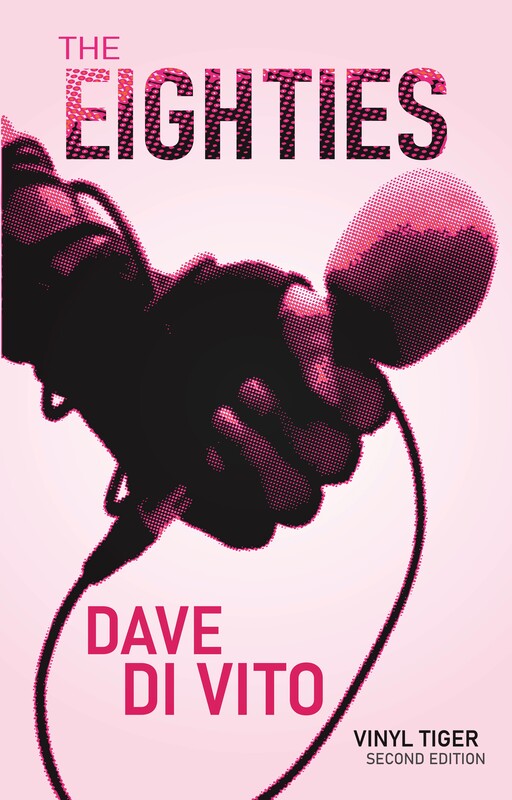|
Okwui Enwezor, the Curator of the 56th Venice Biennale, has resisted setting a single, overarching theme for All The World's Futures. Instead, he has set three overlaying filters, which at the core of their general nature ask artists to respond to the competing state and appearance of things in today's world.
Some artists and pavilions have explicitly tried to interpret these themes: but even the most cursory look around this year's Biennale will reveal that artists (and nations by proxy) are more interested in addressing their own thoughts on immigration, borders and global finance and worrying about how it fits into the scheme of things later. In recent years, the Biennale ran the risk of becoming a kind of living cable TV network. Country after country seemed to be trying to outdo one another with multimedia installations that were individually amazing, but collectively exhausting. So much digital content eventually renders viewers passive. This year, perhaps given the global economy, the digital side of things takes a bit of a back seat in favour of objects. In the newly redeveloped Australian pavilion (Australia was the last country to be offered a permanent Giardini pavilion back in the eighties), Fiona Hall taps into the art world's obsession with repurposed objects. It's an approach taken in numerous other pavilions (Israel and Canada spring to mind), but unlike them, Hall actually reshapes and rebirths the objects: nests made from shredded currency and paper: cuckoo, mantle and grandfather clocks whose surfaces she repaints with messages and a color scheme that calls to mind native Aboriginal art, with a trove of recurring keepsakes from the Pacific and beyond housed in a dark and overpowering (post) colonial wunderkammern show case which encircles much of the pavilion. The dark and dim nature of the installation only occasionally makes concessions to light and color: white skulls on jars, colorful Pacific islands currencies lining the walls like butterflies in a museum display...the sense is that Hall's vision of the world is multi-layered but suspended somewhere in the mistakes we as people have made since the annuls of time in the pursuit of land and money. This is less of a stance on the world's future than a reflection of the obstacles we face before getting there. The world won't get to the future until it gets through the cycle of purging and violence that awaits it. The hanging, disfigured bodies in the center piece Kuka Iritija (Animals from Another Time) (2014), made of remnants of military uniforms in collaboration with the Tjanpi Desert Weavers, a collective of Aboriginal women artists known for their works of fiber art, acts to redress the damage made historically and internationally in the name of borders and the pursuit of resources. Hall's exhibition is exhaustive: there's a lot to see and take in, and her surfaces range from minute to bold, robust objects. It's a comprehensive show and, for the uninitiated almost like a retrospective due to the number of works on show. But Wrong Way Time is a thoughtful response to the sweeping themes of this year's biennale. You just need some time out on the new pavilion decking afterwards to process it.
0 Comments
Your comment will be posted after it is approved.
Leave a Reply. |
Dave
|
|
|
Dave Di Vito is a writer, teacher and former curator.He's also the author of the Vinyl Tiger series and Replace The Sky.
For information about upcoming writing projects subscribe to the mailing list. Dave hates SPAM so he won't trouble you with any of his own. He promises. |





 RSS Feed
RSS Feed